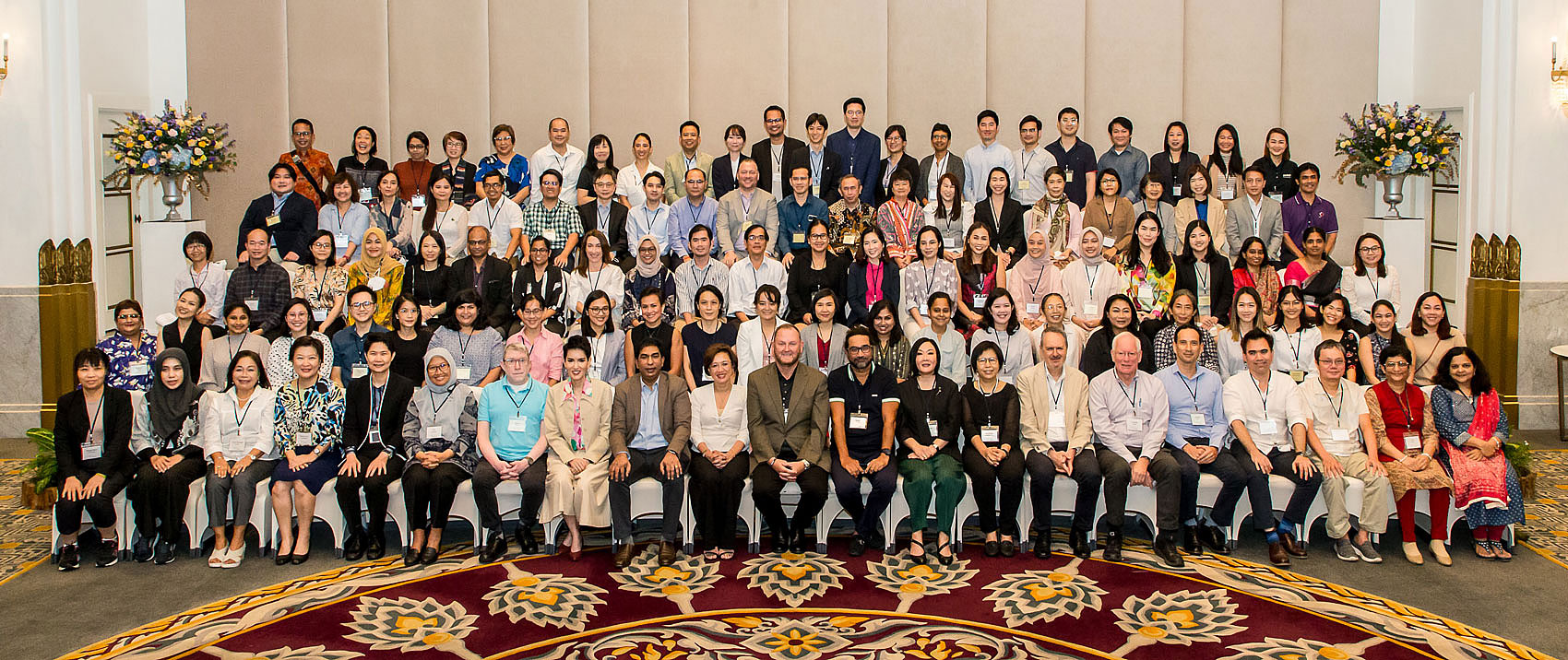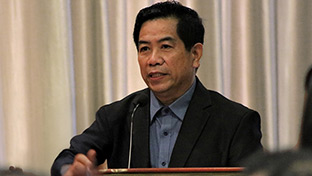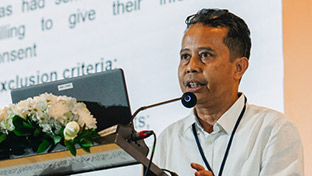TREAT Asia
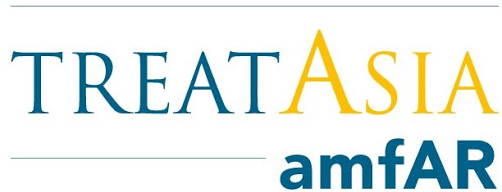
Program Areas
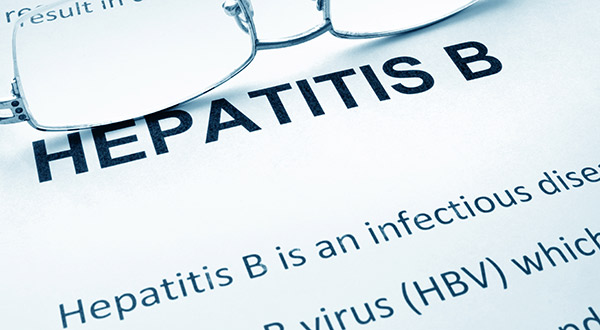
Supporting People-Centered Hepatitis B Care
TREAT Asia’s fact sheet provides a guide to the latest gold-standard approaches to chronic hepatitis B prevention, care, diagnosis, and treatment.

Meet the TREAT Asia Community Advisory Group
amfAR has enlisted experts and advocates to help guide the program’s research activities across the Asia-Pacific region.
Mental Health Care Is HIV Care
CHIMERA Fellow Dr. Ouk Vichea shares how supporting researchers can lead to improved health—and mental health—for people living with HIV in Cambodia.
HIV, HPV, and Cervical Cancer: A Deadly Nexus
New research linking HIV, HPV, and cervical cancer risk aims to expand prevention and improve health outcomes for women in Indonesia.
Helping Youth Transition to Adult Care
A new study characterizes medical and psychosocial needs of perinatal adolescents and young adults living with HIV as they transition to adult care.
